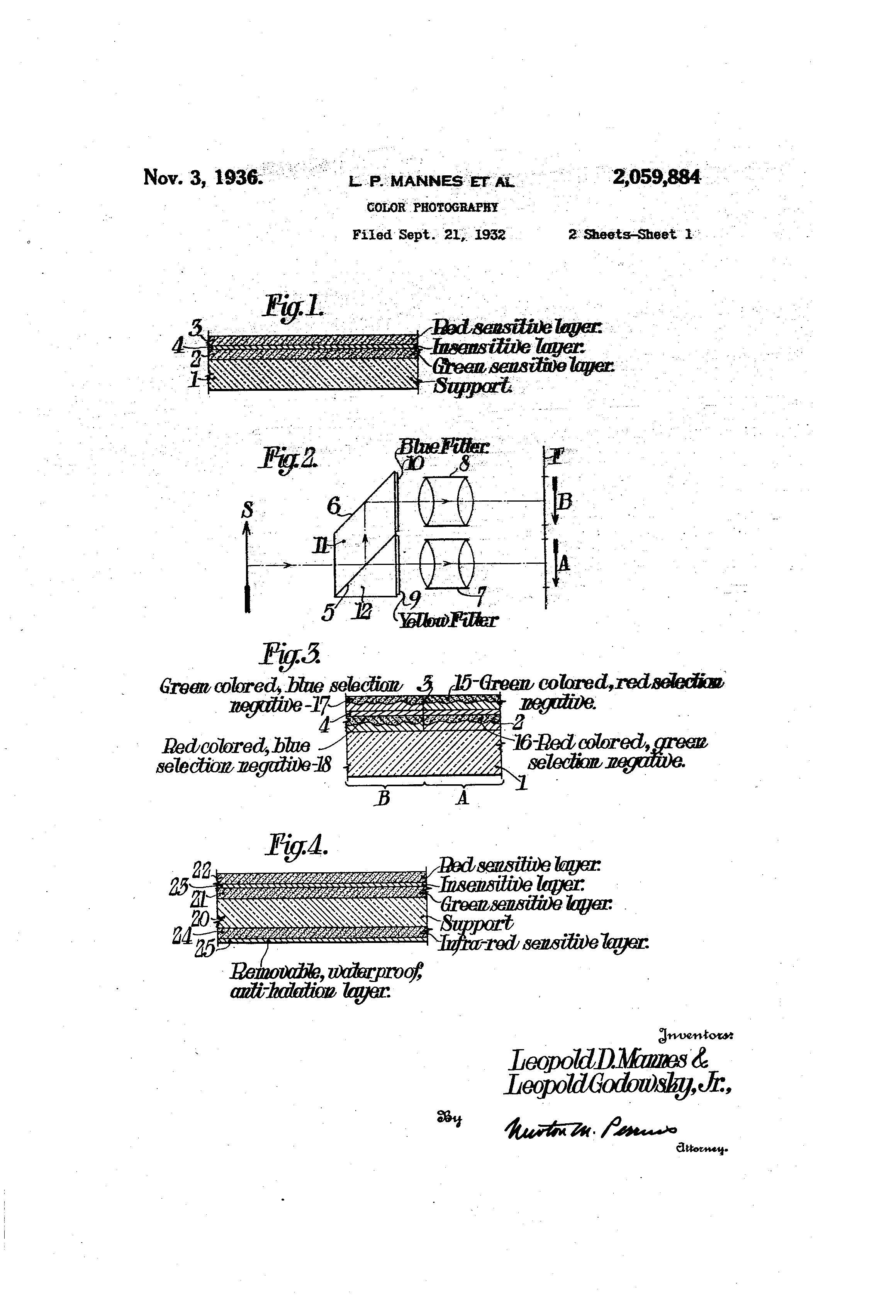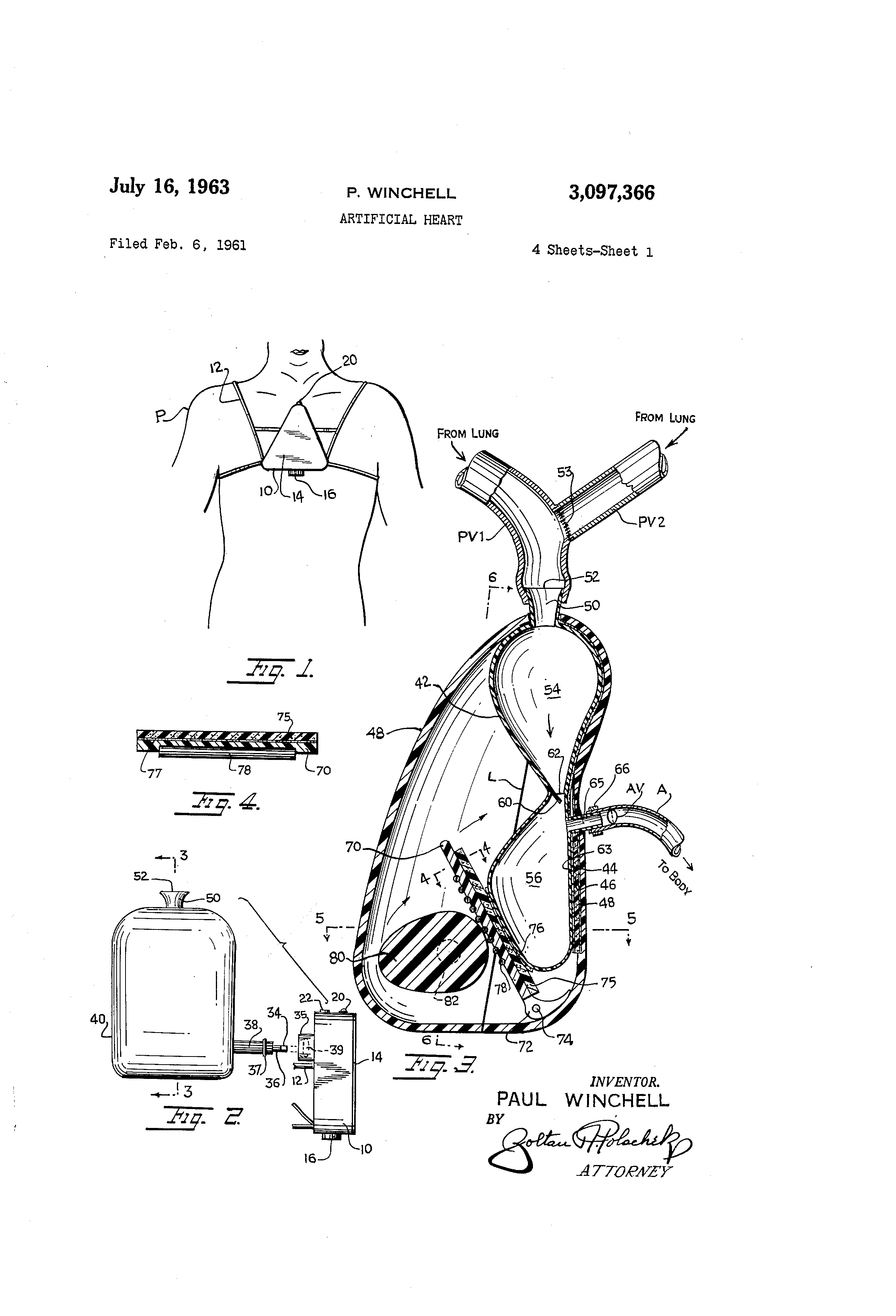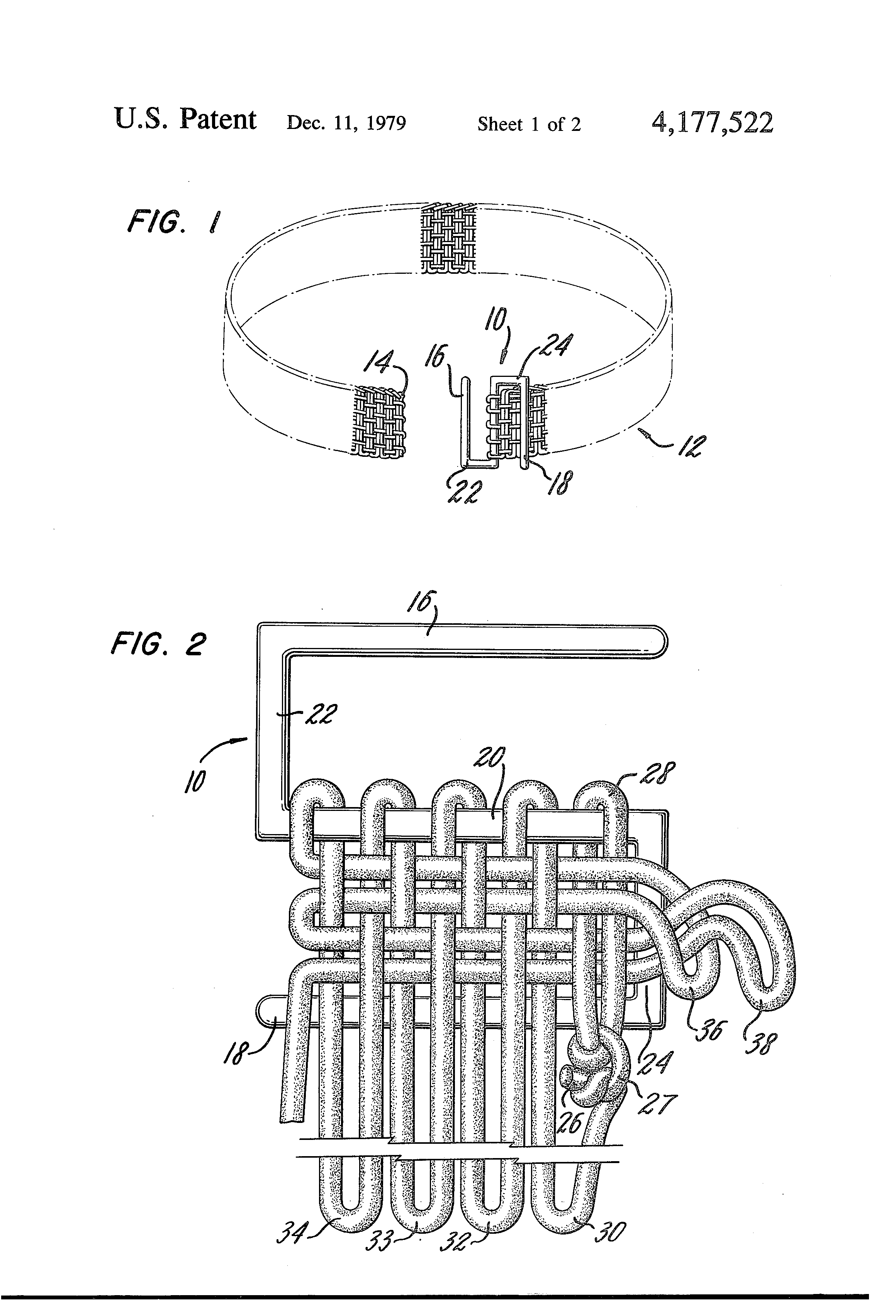Patent of the Week-Color photography

Photography has been advancing over the past century while making exponential progress over the past 2 decades. In the present every phone is equipped with the most advanced technology capable to capture the most clear and beautiful photos without any hindrance whatsoever at any moment and displaying the resulting image immediately .

Colour photography was first invented in 1907 known as Autochrome Lumière. The issue with that invention was with respect to the substance upon which the photo was based on. It was a irregular screen plate filter made out of dyed grains of potato put into three coloured strips, this did not give a clear depiction of the picture and was of very low quality.
To combat such a problem and give the coloured picture more depth , Leopold D Mannes and Leopold Godowsky, both professional musicians, decided to concentrate on developing practical three-colour multi-layer film system and ended up inventing Kodachrome upon which they obtained Patent Protection with the patent number US2059884A on 3rd November, 1936.
This invention relates to a three-color photographic process and one which is particularly adapted to colour motion pictures. It comprises a method whereby a two-colour negative is processed as a three-color positive.
It is a black and white film to which there was an addition of coloured dye. This process was involved in repeated development, dyeing and then selective bleaching. This complex process had 28 stages and had to be done by the professionals in the research lab in Rochester.
The process involves a number of new and novel steps, some of which lead to simplifications in the apparatus and operations necessary. This invention was a pivotal step to the development and advancement in colour photography wherein following this invention, all inventions such as “Agfacolor-Neu” came up paving the way, leading to the modern advancements in colour photography.



